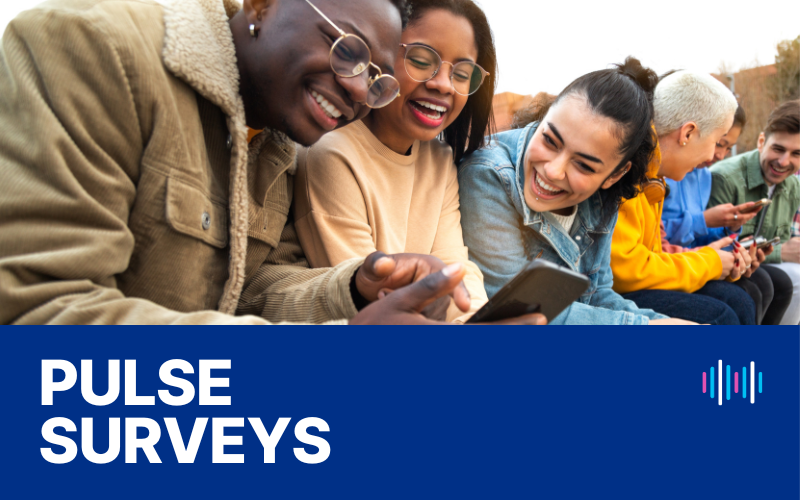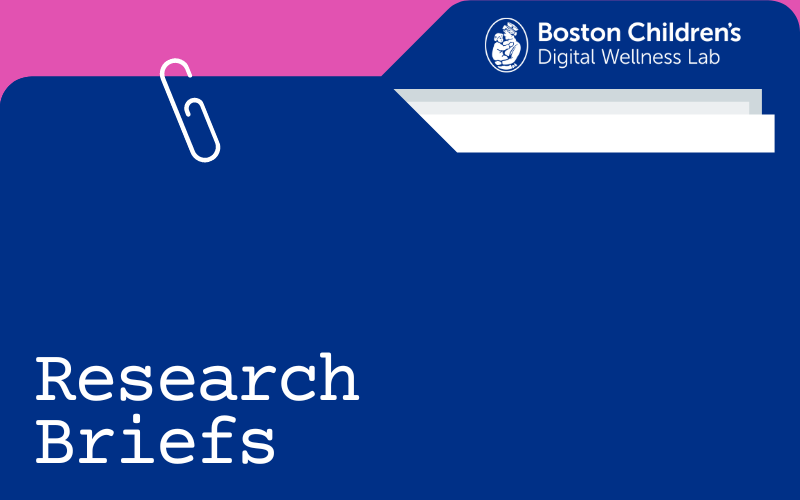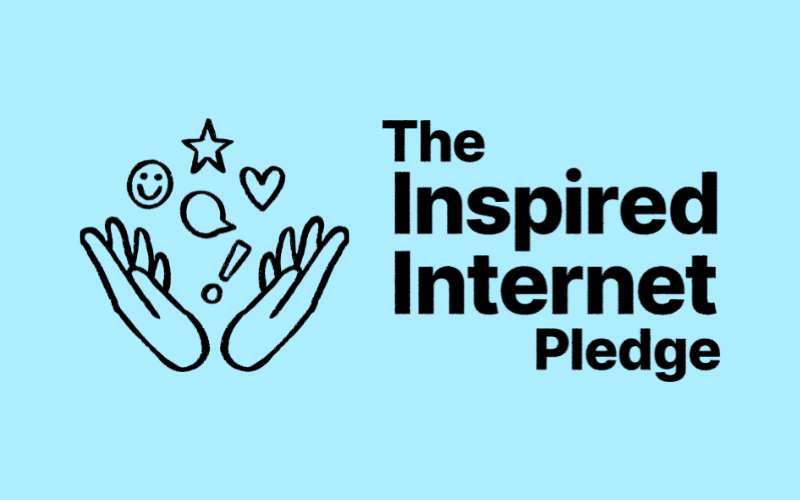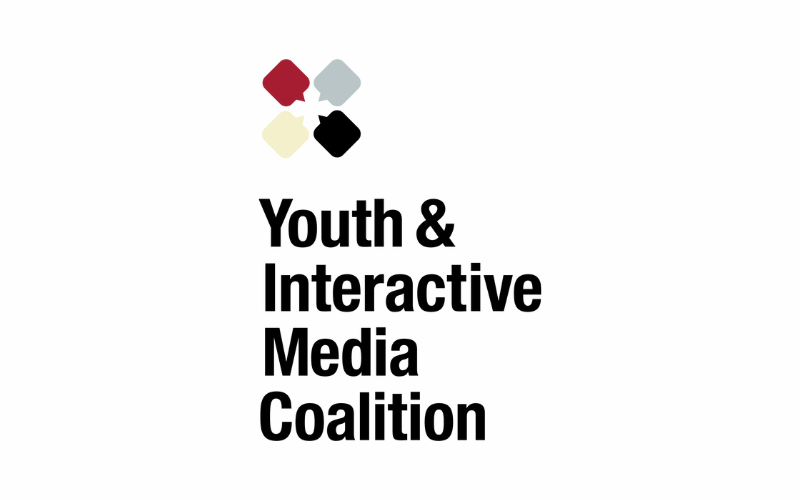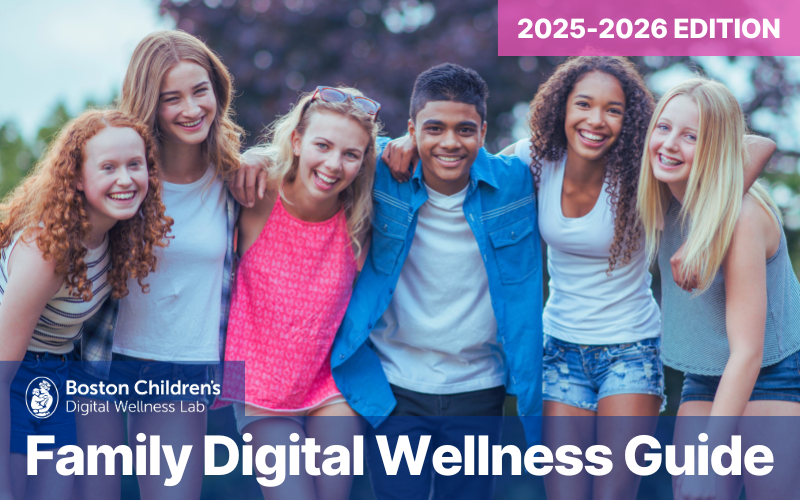Sroyfah Srisunt, MD
Fellow in Developmental and Behavioral Pediatrics, Division of Developmental and Behavioral Pediatrics, Department of Pediatrics, Prince of Songkla University, Thailand
Faculty of Medicine, Prince of Songkla University, Thailand
What does a “day in the life” typically look like for you?
Earlier this year, I spent time in Boston as a Fellow in Developmental and Behavioral Pediatrics at Boston Children’s Hospital. Back home in Thailand, day to day, I see patients at the outpatient clinic, provide inpatient consultations and take referrals from other departments. A large part of each session is the time spent talking with families to understand their concerns, identify problems, give a diagnosis and create treatment plans together.
My work is very conversation-based, which I enjoy because it allows me to learn from each family. I love understanding the differences and diversity among families, and I truly enjoy spending time with children. It makes me happy to observe a child’s progress from visit to visit. Even when there is little improvement, seeing the effort a child and their parents put in is meaningful to me. The atmosphere at the developmental clinic is often lively—sometimes crying, tantrums, and children with ADHD running around. It can seem chaotic, but I find it vibrant and full of life.
Additionally, I participate in multidisciplinary conferences where team members discuss complicated cases together and help each other find solutions, as well as interdepartmental and interhospital conferences to share knowledge about rare and complex conditions. During my fellowship, I am grateful to have gained hands-on experience with patients and continue to work on my research project, “Utilizing Machine Learning for ADHD Diagnosis in Preschoolers through Movement Analysis.” In that work I’m aiming to develop an objective diagnostic tool for ADHD in preschool-aged children, which can be particularly challenging to diagnose.
What led you to the work you do?
I have wonderful memories from my childhood and two people who influenced me deeply.
The first person who inspired me is my mother. My mother’s first-grade classroom included special needs children, whom she tutored for free after school. I saw their excitement and pride in overcoming challenges, and how her encouragement boosted their self-esteem and social abilities. Even when academic gains were minimal, her support helped them through hardship. My mother valued the love and trust she shared with these children. Watching my mother work shaped my belief that every child, no matter their starting point, can improve and grow if given attention and opportunities by someone who believes in them.
The second person who inspired me is a developmental pediatrician that I met during medical school, who taught me to carefully observe children’s behavior and family interactions. Their examinations felt like play, yet every interaction was meaningful. Beyond diagnosis, the doctor emphasized developmental stimulation techniques, early screening, monitoring, and intervention. This experience highlighted for me that healthy developmental milestones are as crucial as physical health for children to thrive and become capable, contributing adults.
Observing that clinic session made me realize that this is exactly the kind of work I love and feel connected to. Combined with my memories of my mother’s work, I found myself deeply believing in the importance of proper growth and development. I grew up believing in the potential inside every child. I want to be part of the journey that helps children and their families overcome the difficult times—a journey that requires time, patience, and hope. That’s why I chose to become a pediatrician and later pursue training in developmental and behavioral pediatrics.
What would you say are the greatest opportunities you see for kids growing up in a digitally saturated world?
It is undeniable that digital media has reshaped the way children learn and connect with the world today. It acts as a gateway to a broader world, offering knowledge, experiences, and endless opportunities for growth. Children can easily access information anytime, from anywhere. They can explore new topics, reach educational resources, and even “travel” the world through travel programs on various platforms. Digital media has helped remove many barriers to learning. For children who might not have access to good books or quality schools, the internet opens up a world of knowledge right at their fingertips.
I believe that digital media serves not only as a door, but also as a bridge—connecting children to a much larger world full of possibilities, diversity, and new horizons to explore.
What are the greatest challenges you see for kids growing up in a digitally saturated world?
Today, children are surrounded by a huge amount of information coming from many different sources. It can be very hard for them to filter and choose only the information that is good and useful for them. As adults, when we are flooded with information, we use our knowledge, life experience, and beliefs to think critically and decide what is trustworthy. But children, who have only lived in the world for a short time, still lack enough experience and knowledge. This makes it worrying that they may absorb information that is not useful, or even harmful, without realizing it. Some information may be incorrect, and children can easily be led in the wrong direction without knowing.
Beyond the challenge of information overload, children face the danger of online exploitation. Predators can easily reach them through various digital channels, and children often struggle to recognize negative intent. This vulnerability can have severe consequences for their wellbeing.
Even though digital media makes it easier and faster for children to find information to do their work or homework, it also causes another problem. When digital media quickly jumps to the answer, children miss the chance to practice patience and perseverance in searching for information. They also miss the special experience that comes from reading books. For example, if we search for something on the internet, we get the answer immediately. But if we look it up in a book, we have to go through the table of contents, the introduction, and different sections. This process takes time and effort, but we often pick up extra pieces of knowledge along the way without even realizing it.
Moreover, the online world changes quickly and is full of distractions. Pop-up windows and unrelated content appear all the time, making it easy for children to lose focus. Children also have fewer chances to sit still and experience boredom, which is important for developing creativity and self-regulation.
These are significant challenges. It is crucial to consider how we can support children’s healthy development and well-being in this digital age.
How would you change or redesign technology and or media to be healthier for kids across the developmental span?
We all share responsibility for the content we share online and its potential impact. Just as we are accountable for our actions in the real world, we must be accountable in the digital world. Mindful creation and sharing is essential to responsible digital citizenship.
- As a pediatrician, I contribute by educating children and parents about wise digital media use and age-appropriate content. Raising awareness among both groups is crucial. We must empower families to be active, discerning technology users, not passive consumers.
- Content creators and platforms also have a responsibility to enhance content-filtering systems and ensure age-appropriate access, adapting to the evolving digital landscape. Collaboration with health professionals and child development experts is essential to design smarter filtering, improve age verification, and develop tools that guide families in selecting media that protect and nurture children’s development. Everyone in the digital space should recognize that we are all potential content creators. Even content intended for adults can easily reach and influence children who may lack the maturity to judge its appropriateness.
- Policymakers have a crucial role in this effort. As a pediatrician, I provide them with expert insights into child development and the impact of digital media. While healthcare professionals and educators offer valuable expertise, policymakers are uniquely positioned to amplify this knowledge across society. Their broad reach through media channels and public platforms enables governments to effectively raise public awareness and ensure that vital information reaches families and communities. Beyond awareness campaigns, policymakers must enact concrete measures by developing policies that foster children’s healthy growth in the digital world. This includes establishing evidence-based guidelines and rigorously enforcing relevant laws to keep pace with the rapidly evolving digital landscape.
Given the rapid evolution of the digital world, continuous learning is essential. What is considered safe today may not be safe tomorrow. I am committed to ongoing learning in collaboration with children, parents, media creators, and policymakers. By working together, we can build a healthier, more resilient digital world for the next generation.
What guidance or advice do you have for parents and other caregivers regarding helping kids develop and maintain healthy behaviors around digital media and technology?
Families should collaboratively build media literacy, with parents and children learning and mindfully using digital tools together. Proactive parenting involves setting clear guidelines early, fostering healthy habits. Parents also model responsible digital behavior, reinforcing their teachings. Continuous parental learning alongside their children is key in the evolving digital world.
However, a strong family bond is fundamental. Children who feel seen and valued are less likely to seek solace primarily in digital media, often an escape for unmet emotional needs. Deeply connected children turn to family for support. Quality time spent together naturally reduces digital media’s appeal.
Strong family relationships protect against problematic media use by fulfilling emotional needs. Even with existing screen issues, rebuilding connection is always possible. Digital media challenges can highlight deeper issues and strengthen family bonds. Ultimately, understanding, connection, and trust build children’s resilience for healthy lifelong media habits. Guiding them in the digital age, like in life, hinges on a strong, supportive family.
Is there anything else you’d like to share?
Like everything else in life, digital media has many sides. It brings enormous benefits but can also cause harm. What matters is how we choose to use it. In fact, digital media—including social media—has become one of the environments that shape children’s growth, just like the family, school, and community. These environments all influence children’s development and identity. Allowing children to experience and navigate digital environments thoughtfully, rather than shutting them off entirely, gives them the opportunity to learn about diversity, differences, and ultimately discover more about who they are.
The world today is changing so fast that it’s impossible to protect children simply by banning digital media. Doing so may reduce risks, but it would also block opportunities for children to learn, grow, and adapt to the evolving world. Children need chances to face challenges, make mistakes, and build resilience—and the digital world is no exception.
With thoughtful guidance from parents and strong family support, children can safely navigate risks, learn from setbacks, and develop resilience in the digital world. This resilience will empower them to grow up strong, confident, and able to thrive beautifully in a world that continues to change.
Here at the Lab, we welcome different viewpoints and perspectives. However, the opinions and ideas expressed here do not necessarily represent the views, research, or recommendations of the Digital Wellness Lab, Boston Children’s Hospital, or affiliates.

